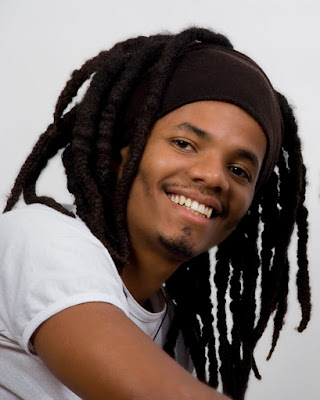HOW TO APPLY
APPLICATION | FITNESS | HEALTH LIVING
 CHECK THE PROGRAM AND INFO TO START YOUR APPLICATION TODAY!
CHECK THE PROGRAM AND INFO TO START YOUR APPLICATION TODAY!

By BRAZILIAN SPORT CENTER
Capoeira Osnabruecks Webseite


 Brazilian Jiu-Jitsu (BJJ) emphasizes getting an opponent to the ground in order to use ground fighting techniques and submission holds involving joint-locks and chokeholds. Once two fighters are on the ground, physical strength can be offset or enhanced by an experienced grappler who knows how to use mechanical advantage instead of brute strength.
Brazilian Jiu-Jitsu (BJJ) emphasizes getting an opponent to the ground in order to use ground fighting techniques and submission holds involving joint-locks and chokeholds. Once two fighters are on the ground, physical strength can be offset or enhanced by an experienced grappler who knows how to use mechanical advantage instead of brute strength. BJJ equips you with the
practical skills you need to prevent, control, defuse and resolve conflicts and
defend yourself against physical treats and attacks. It also provides the perfect work out that quickly suits your body fitness. Not only is Jiu-Jitsu a proven self-defense system, but it also aids in weight loss, increased cardiovascular health, enhanced self-confidence, discipline and diet.
BJJ equips you with the
practical skills you need to prevent, control, defuse and resolve conflicts and
defend yourself against physical treats and attacks. It also provides the perfect work out that quickly suits your body fitness. Not only is Jiu-Jitsu a proven self-defense system, but it also aids in weight loss, increased cardiovascular health, enhanced self-confidence, discipline and diet. The ginga (literally: rocking back and forth; to swing) is
the fundamental movement in capoeira, important both for attack and defense
purposes. It has two main objectives. One is to keep the capoeirista in a state
of constant motion, preventing him or her from being a still and easy target.
The other, using also fakes and feints, is to mislead, fool, trick the
opponent, leaving them open for an attack or a counter-attack.
The ginga (literally: rocking back and forth; to swing) is
the fundamental movement in capoeira, important both for attack and defense
purposes. It has two main objectives. One is to keep the capoeirista in a state
of constant motion, preventing him or her from being a still and easy target.
The other, using also fakes and feints, is to mislead, fool, trick the
opponent, leaving them open for an attack or a counter-attack. The defense is based on the principle of non-resistance,
meaning avoiding an attack using evasive moves instead of blocking it.
The defense is based on the principle of non-resistance,
meaning avoiding an attack using evasive moves instead of blocking it.  Playing capoeira is both a game and a method of practicing
the application of capoeira movements in simulated combat. It can be played
anywhere, but it's usually done in a roda. During the game most capoeira moves
are used, but capoeiristas usually avoid using punches or elbow strikes. The
game usually does not focus on knocking down or destroying the opponent, rather
it emphasizes skill.
Playing capoeira is both a game and a method of practicing
the application of capoeira movements in simulated combat. It can be played
anywhere, but it's usually done in a roda. During the game most capoeira moves
are used, but capoeiristas usually avoid using punches or elbow strikes. The
game usually does not focus on knocking down or destroying the opponent, rather
it emphasizes skill. Students enter the roda against a high-ranked capoeirista
(such as a teacher or Mestre) and normally the game ends with the student being
taken down. In some cases the more experienced capoeirista can judge the
takedown unnecessary. Following the batizado the new graduation, generally in
the form of a cord, is given.
Students enter the roda against a high-ranked capoeirista
(such as a teacher or Mestre) and normally the game ends with the student being
taken down. In some cases the more experienced capoeirista can judge the
takedown unnecessary. Following the batizado the new graduation, generally in
the form of a cord, is given. |

Osnabrueck Sportzentrum | CONNECTING YOUR BODY & SOUL | Location & Map Location: Atterstraße 36, 49090 Osnab...
